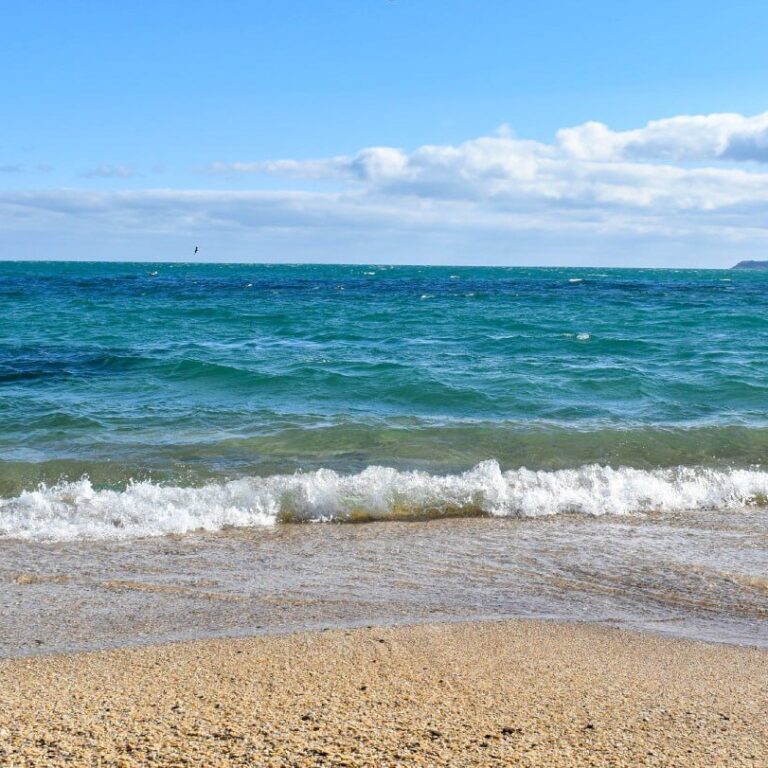As we have written many times before, the basis of the illegal “commercial shipping” of the aggressor from the occupied territories of Ukraine was “Syrian logistics”, including the port of Tartus.
Now, after the ban by the new Syrian authorities on the import of any “Russian” goods, including products from the occupied territory, this “corridor” has clearly entered the “turbulence zone”.
Earlier we wrote about how the bulk carrier under the Russian flag of the Astrakhan “Crane Marine Contractor” “Matros Shevchenko” IMO number 9574195 “stuck” in the roadstead of Egyptian Alexandria, where it was redirected instead of Syria.
Also now “Lloyd” writes that the bulk carrier “Damas Wave” number IMO 8915299 left the sanctioned port of Feodosia in early January and is heading along the Mediterranean Sea, allegedly to Libyan Misurata.
This vessel was previously called “Golden Yara”, it was operated until 2021 by Vietnamese owners from “Vinaship – Haipong,” and was covered by documents of the Vietnamese Register of Shipping.
Now, it is extremely likely that the vessel is associated with the Lebanese structure “Cedar Marine Services Sal”.
Experts from “Lloyd” note that this “Libyan route” is new, and that after the fall of the Assad regime, the Russians are trying to “establish deliveries” to the territory controlled by the Libyan Government of National Unity.
At the same time, it is possible that the Kremlin is trying to influence the aforementioned Libyan authorities with such “humanitarian” supplies in order to expand its military presence, “smoothly moving” it from Syria.
Against this background, a rather interesting situation is happening with the aforementioned “Crane Marine Contractor”, a subsidiary of the aggressor’s “United Shipbuilding Corporation”, which posted “jeans” on January 23 in a number of Moscow and Sevastopol information dumps that “the Sevastopol seaport has been practically non-functional since 2022”.
In this “rebellion on its knees” consisting of a set of hints, it is difficult to directly understand what happened to “Crane Marine Contractor”. But most likely these figures from occupied Sevastopol were persistently “asked” in the current conditions, and these “grain operators” still have some “investments in infrastructure” in Inkerman Bay, and according to them, “it is unclear how this will fit in with the current restrictions and difficult economic situation.”
The near future will show how the occupiers will try to rebuild their “grain logistics” after the collapse of the “Syrian Express”.








